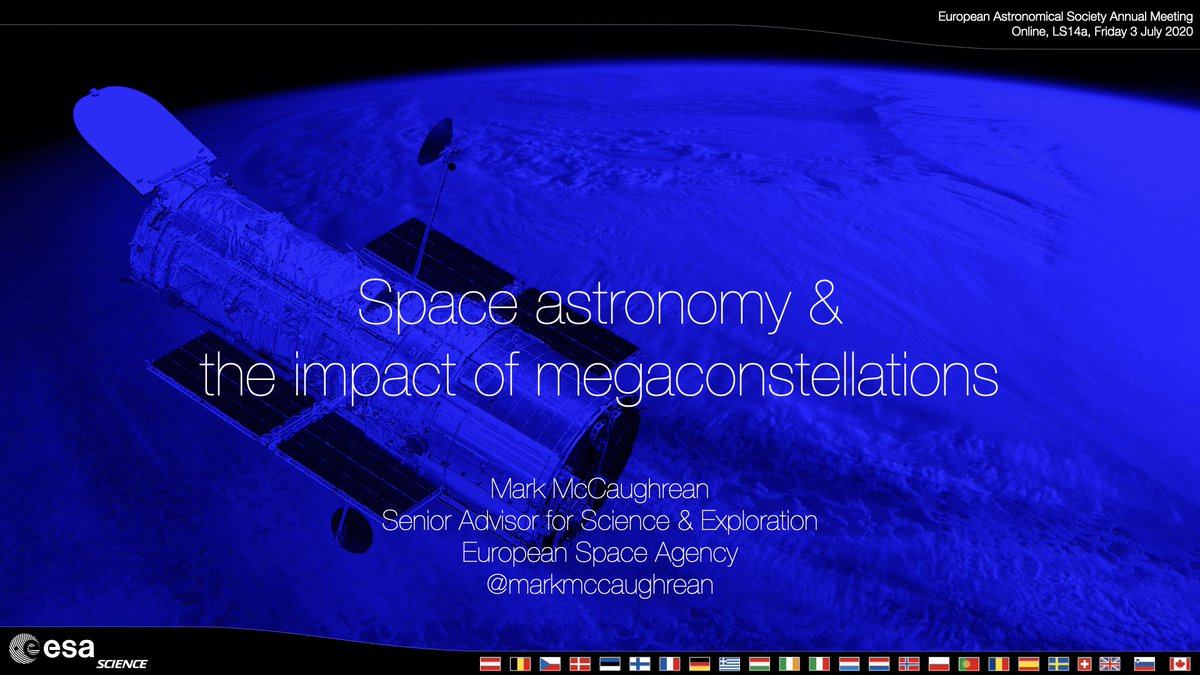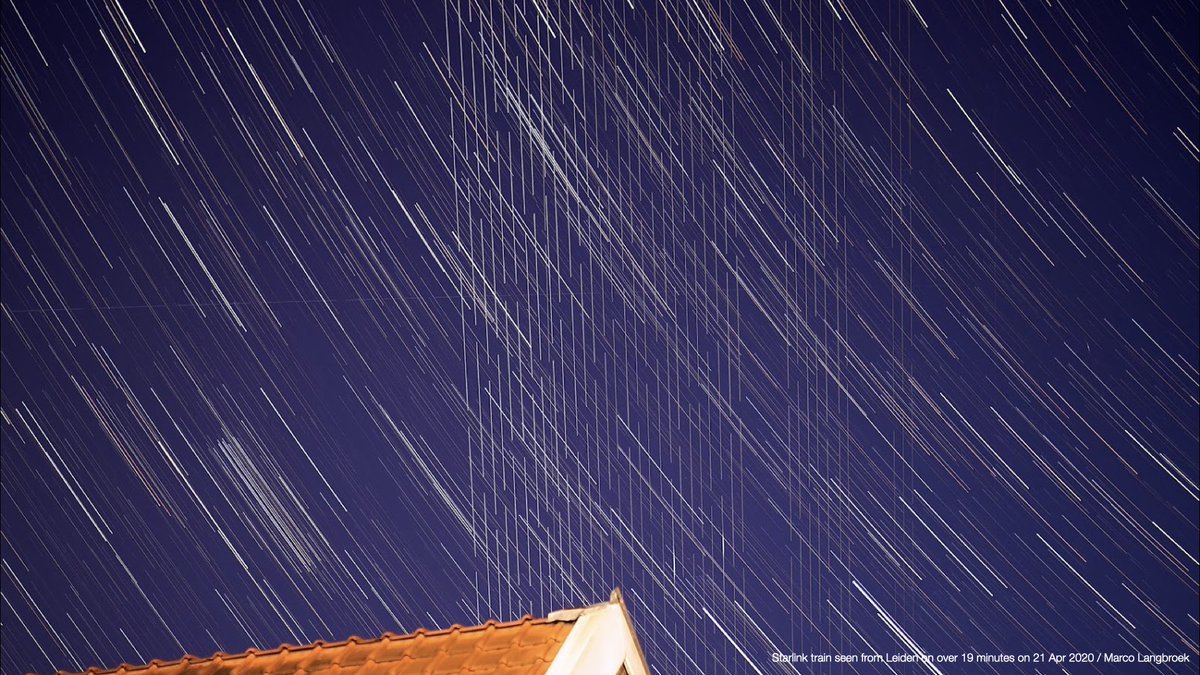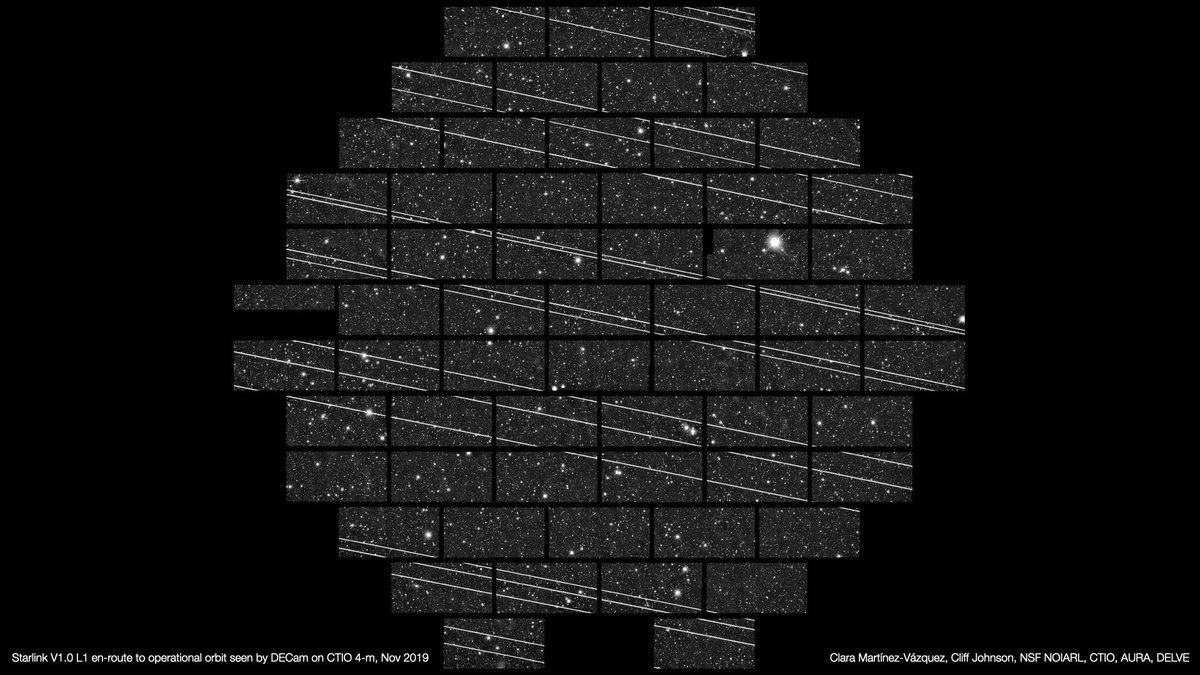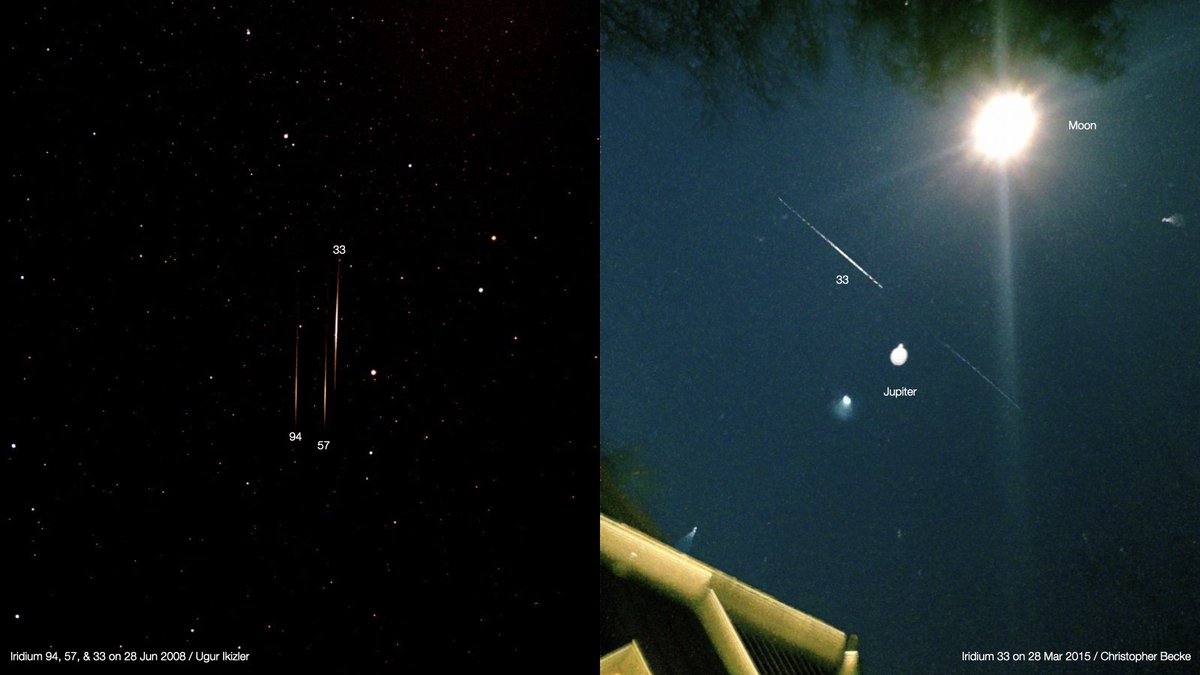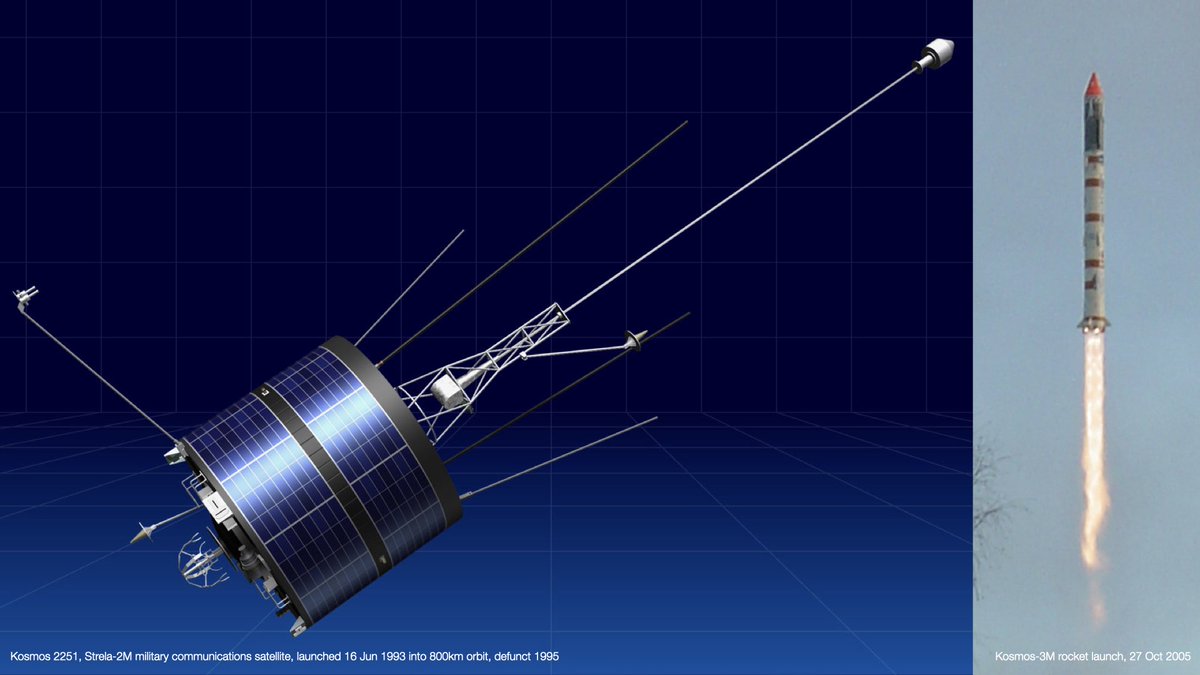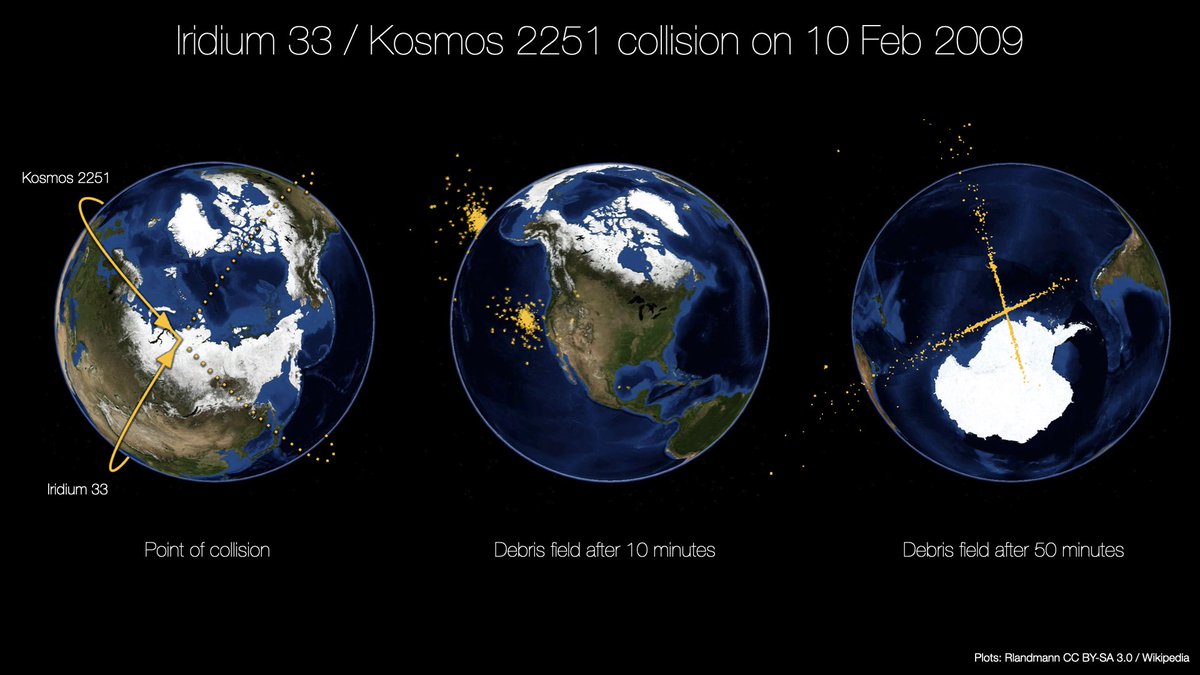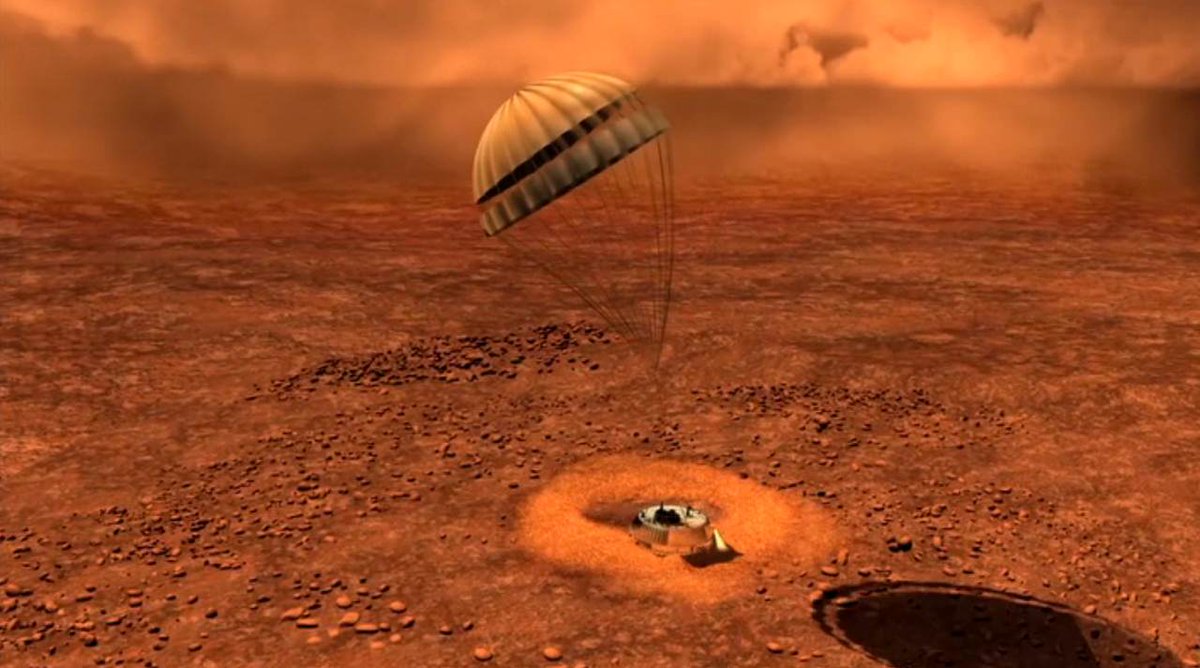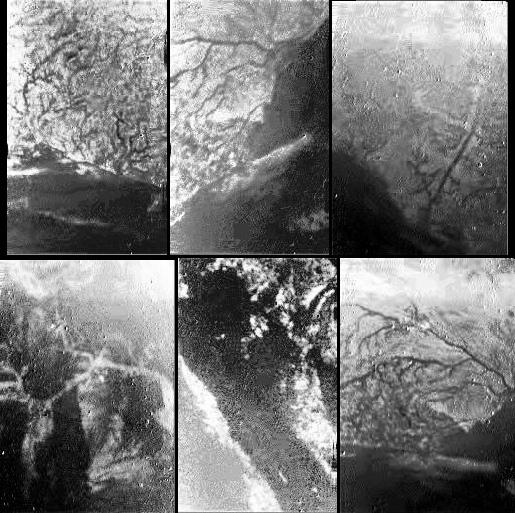
Before you get too excited about today's #BepiColomboVenusFlyby images, keep in mind that they will have been taken with the engineering cameras designed to confirm hardware deployments, not the main science camera.
Why & what does that mean?
1/
Why & what does that mean?
1/
En-route to Mercury, @bepicolombo is a stack of three spacecraft: the propulsion module, @esa_mtm, the @esa orbiter, @esa_bepi, & the @jaxa_en orbiter, @jaxa_mmo. They only separate when we finally enter Mercury orbit in 2025.
2/
2/
@BepiColombo @ESA_MTM @esa @ESA_Bepi @JAXA_en @JAXA_MMO Some of the science instruments, including the main science camera, SYMBIO-SYS, are sandwiched between the MTM & the European orbiter, MPO, at this stage, due to the way the MPO has been designed to work once the spacecraft reach Mercury.
3/
3/
@BepiColombo @ESA_MTM @esa @ESA_Bepi @JAXA_en @JAXA_MMO Mercury presents a very challenging environment for @bepicolombo, with the Sun on one side, ~10x stronger than at Earth, & a ~450ºC planet on the other. The thermal design of Bepi is complex, with different instruments needing different locations according to their function.
4/
4/
@BepiColombo @ESA_MTM @esa @ESA_Bepi @JAXA_en @JAXA_MMO So, some instruments such as SYMBIO-SYS can't operate during the cruise phase, including the two Venus flybys today & next August. Some others can, including the mid-IR imager/spectrometer MERTIS, which will have been trying to confirm phosphine in the Venus atmosphere today.
5/
5/
@BepiColombo @ESA_MTM @esa @ESA_Bepi @JAXA_en @JAXA_MMO So the images you'll see today are from the three @bepicolombo MCAM monitoring cameras, designed to confirm deployments of key hardware components, the high & medium gain antennas, & the magnetometer boom.
esa.int/ESA_Multimedia…
6/
esa.int/ESA_Multimedia…
6/
@BepiColombo @ESA_MTM @esa @ESA_Bepi @JAXA_en @JAXA_MMO The MCAMs use low-resolution 1024x1024 (1 megapixel) detectors & only take unfiltered black & white images in the visible: that's fine for their main engineering job, but not great for capturing fabulous images of Venus as @bepicolombo glides by en-route to Mercury 🤷♂️
7/
7/
@BepiColombo @ESA_MTM @esa @ESA_Bepi @JAXA_en @JAXA_MMO That said, the @BepiColombo flyby at Earth in April did show some nice details of the continents, oceans, & clouds, so they're not terrible either.
8/
esa.int/ESA_Multimedia…
8/
esa.int/ESA_Multimedia…
@BepiColombo @ESA_MTM @esa @ESA_Bepi @JAXA_en @JAXA_MMO But when it comes to clouds, Venus is in another league altogether. The planet is completely swathed in dense clouds mostly made of sulphuric acid, making it an almost completely blank yellow-white ball at visible wavelengths, as in this 1979 image from Pioneer Venus.
9/
9/

@BepiColombo @ESA_MTM @esa @ESA_Bepi @JAXA_en @JAXA_MMO Add in the fact that @BepiColombo's MCAMs take unfiltered, black & white data, the chances of seeing very much in the pictures of Venus today are slim. Some slight cloud contrast might be visible with some processing, but don't get your hopes up 😬
10/
10/
@BepiColombo @ESA_MTM @esa @ESA_Bepi @JAXA_en @JAXA_MMO But, I hear you say, I've seen some fantastic images of Venus showing loads of beautiful cloud structure, such as these from @jaxa_en's #Akatsuki as reprocessed by @db_prods.
11/
planetary.org/articles/0116-…
11/
planetary.org/articles/0116-…

@BepiColombo @ESA_MTM @esa @ESA_Bepi @JAXA_en @JAXA_MMO @db_prods That's because there are some spectral windows where the atmosphere becomes more transparent, due to the physics of the molecules making up the clouds. For example, the image from Akatsuki above took advantage of windows in the ultraviolet: there's lots of science in there!
12/
12/
@BepiColombo @ESA_MTM @esa @ESA_Bepi @JAXA_en @JAXA_MMO @db_prods .@esa's #VenusExpress also took spectacular ultraviolet images of Venus during its 2006–2015 mission, like this one.
13/
esa.int/ESA_Multimedia…
13/
esa.int/ESA_Multimedia…

@BepiColombo @ESA_MTM @esa @ESA_Bepi @JAXA_en @JAXA_MMO @db_prods Venus Express was also able to take images in the infrared, where other spectral windows allow a view through the clouds, particularly on the night-side of the planet.
14/
sci.esa.int/web/venus-expr…
14/
sci.esa.int/web/venus-expr…

@BepiColombo @ESA_MTM @esa @ESA_Bepi @JAXA_en @JAXA_MMO @db_prods Infrared images from Venus Express made it possible to study the evolution of the vortex at the South Pole.
15/
esa.int/ESA_Multimedia…
15/
esa.int/ESA_Multimedia…

@BepiColombo @ESA_MTM @esa @ESA_Bepi @JAXA_en @JAXA_MMO @db_prods Indeed, with Venus Express infrared images, it was even possible to see all the way through the clouds down to the surface, where hotspots associated with fresh lava seen in Magellan radar data are strong evidence for active volcanism on the planet.
16/
sci.esa.int/web/venus-expr…
16/
sci.esa.int/web/venus-expr…

@BepiColombo @ESA_MTM @esa @ESA_Bepi @JAXA_en @JAXA_MMO @db_prods That active volcanism may push phosphorus into the atmosphere which might in turn be linked to the recent detection of phosphine (PH3) as an alternative to the proposed possible biogenic origins. No-one knows yet, but that's science 🙂👍
17/
bbc.com/news/science-e…
17/
bbc.com/news/science-e…
@BepiColombo @ESA_MTM @esa @ESA_Bepi @JAXA_en @JAXA_MMO @db_prods Returning to @bepicolombo, there are PH3 absorption bands in the mid-IR & MERTIS took data at Venus today hoping to confirm the detection. Chances are low, because MERTIS is designed for Mercury, not Venus, but worth a look (& again next August).
18/
cosmos.esa.int/web/bepicolomb…
18/
cosmos.esa.int/web/bepicolomb…
@BepiColombo @ESA_MTM @esa @ESA_Bepi @JAXA_en @JAXA_MMO @db_prods And back to the #BepiColomboVenusFlyby images today: don't expect too much beyond a big white featureless ball 🤷♂️ If there are some features, that'll be great, but I doubt your socks will be knocked off.
19/
19/
@BepiColombo @ESA_MTM @esa @ESA_Bepi @JAXA_en @JAXA_MMO @db_prods Of course, that's not really the point anyway: a movie of Venus gliding past @BepiColombo today will mark another vital step in the journey to Mercury, using a combination of planetary flybys & long ion engine burns to brake the spacecraft as it falls towards the Sun.
20/
20/
@BepiColombo @ESA_MTM @esa @ESA_Bepi @JAXA_en @JAXA_MMO @db_prods So far, everything sounds "nominal" from today's @bepicolombo flyby, which is great news. The next Venus flyby is next August, followed by *six* flybys at Mercury before finally entering orbit around this most enigmatic planet in 2025.
21/
cosmos.esa.int/web/bepicolomb…
21/
cosmos.esa.int/web/bepicolomb…

@BepiColombo @ESA_MTM @esa @ESA_Bepi @JAXA_en @JAXA_MMO @db_prods To conclude (for now 🙂), enjoy today's pictures not so much for the beauty of Venus itself perhaps, but for the beauty of gravity, flight dynamics, & fantastic teamwork across @esa & @jaxa_en taking us to Mercury to do great science, following on @nasa's MESSENGER 👇
22/22
22/22

@BepiColombo @ESA_MTM @esa @ESA_Bepi @JAXA_en @JAXA_MMO @db_prods @NASA Coda: if you want to hear more about @bepicolombo & today's flyby, join us with Project Scientist, Johannes Benkhoff, & Spacecraft Operations Manager, Elsa Montagnon, on @spacerockslive #Uplink tonight at 19:00UTC / 20:00BST / 21:00CEST 🖖🤘🛰
23/22
23/22
https://twitter.com/spacerockslive/status/1316649165045280769
• • •
Missing some Tweet in this thread? You can try to
force a refresh

